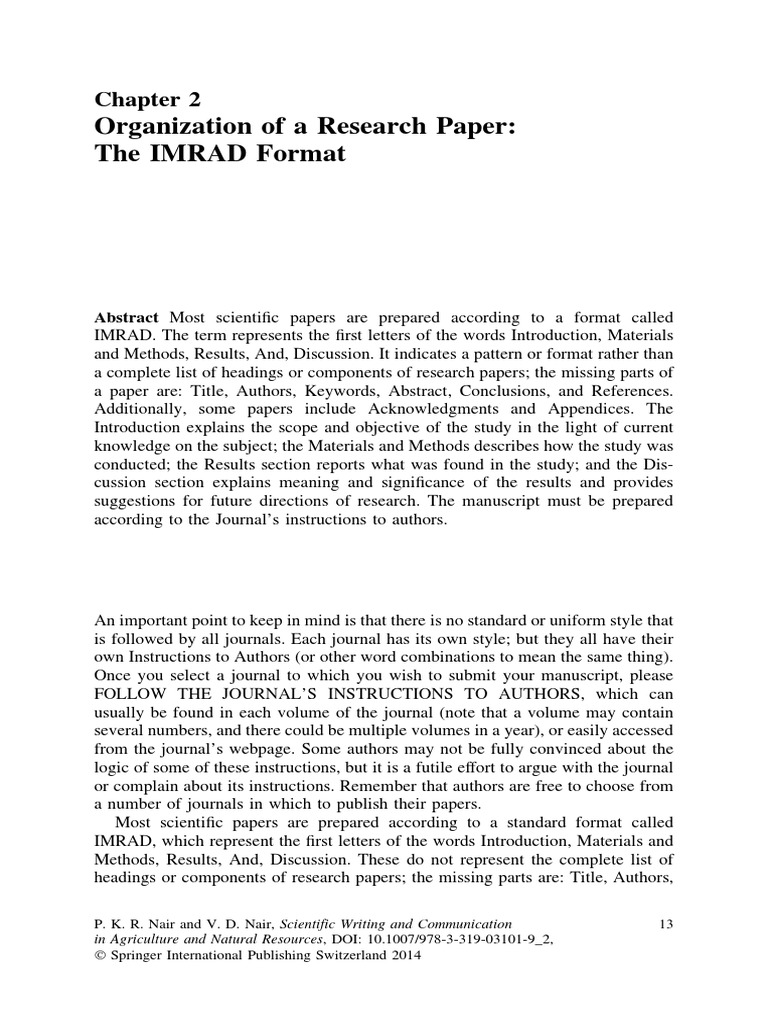
Tips on How To Write Dissertation Abstract
How Do You Write a Good PhD Thesis Abstract? Keep It Concise. Every word in the abstract is important so make sure you focus on only the key elements of your Make a Unique Point Each Sentence. Keep the sentences short and to the point. Each sentence should give the reader new, Explain Your · Provide a statement of what the paper found rather than what it will ask or explore. For each chapter or section, list keywords and write one to two setences that summarize each section. Use this as a framework to put your abstract together. Include keywords from your full paper in your abstract Thesis abstract includes main analyzed objectives, compound research questions, problem statements, detailed methodology, and conclusions. Abstract needs to include source references and acronyms. It allows describing the top point of a dissertation paper providing a good understanding of the studied subjects and discovering numerous outcomes
Abstract example
· Reading the abstract should describe the complete contents of the work. It can be remembered, and referenced in detail at some future date. In the case of Masters dissertations, it will help the supervisor (or second supervisor/marker) quickly identify what the research is all about. How Long should the Abstract be? No more than 1 page is my advice · Provide a statement of what the paper found rather than what it will ask or explore. For each chapter or section, list keywords and write one to two setences that summarize each section. Use this as a framework to put your abstract together. Include keywords from your full paper in your abstract Typically, an abstract for an IMRaD paper or presentation is one or two paragraphs long ( – words). Abstracts usually spend 25% of their space on the purpose and importance of the research (Introduction) 25% of their space on what you did (Methods) 35% of their space on what you found (Results)
Table of contents
· Reading the abstract should describe the complete contents of the work. It can be remembered, and referenced in detail at some future date. In the case of Masters dissertations, it will help the supervisor (or second supervisor/marker) quickly identify what the research is all about. How Long should the Abstract be? No more than 1 page is my advice Paper Masters teaches you how to write either an informational abstract or a descriptive abstract. An abstract is a brief summation of an academic article. In general, it provides a synopsis of the relevant findings of the article as a way of allowing a researcher to glean whether the article is relevant to a line of research How Do You Write a Good PhD Thesis Abstract? Keep It Concise. Every word in the abstract is important so make sure you focus on only the key elements of your Make a Unique Point Each Sentence. Keep the sentences short and to the point. Each sentence should give the reader new, Explain Your
What is a Thesis or Dissertation Abstract?
· How to Write an Abstract: 4 Tips for Writing an Abstract. Written by the MasterClass staff. Last updated: Feb 25, • 3 min read. Writing a clear abstract is essential to helping readers understand the main points of a larger work. Learn about the two general types of abstracts and tips for writing your own abstract · Reading the abstract should describe the complete contents of the work. It can be remembered, and referenced in detail at some future date. In the case of Masters dissertations, it will help the supervisor (or second supervisor/marker) quickly identify what the research is all about. How Long should the Abstract be? No more than 1 page is my advice Abstract. (Background statement) A review of groundwater remediation in use today shows that new techniques are required that solve the problems of pump and treat, containment and in-situ treatment. (Narrowing statement) One such technique is the method that involves the use of permeable treatment walls

Writing in Different Genres
Typically, an abstract for an IMRaD paper or presentation is one or two paragraphs long ( – words). Abstracts usually spend 25% of their space on the purpose and importance of the research (Introduction) 25% of their space on what you did (Methods) 35% of their space on what you found (Results) Abstract. (Background statement) A review of groundwater remediation in use today shows that new techniques are required that solve the problems of pump and treat, containment and in-situ treatment. (Narrowing statement) One such technique is the method that involves the use of permeable treatment walls · Provide a statement of what the paper found rather than what it will ask or explore. For each chapter or section, list keywords and write one to two setences that summarize each section. Use this as a framework to put your abstract together. Include keywords from your full paper in your abstract
No comments:
Post a Comment